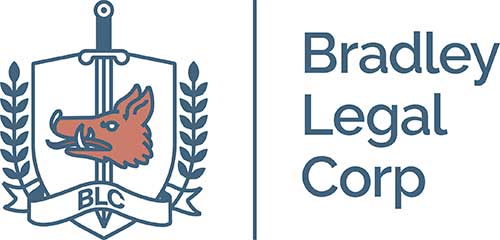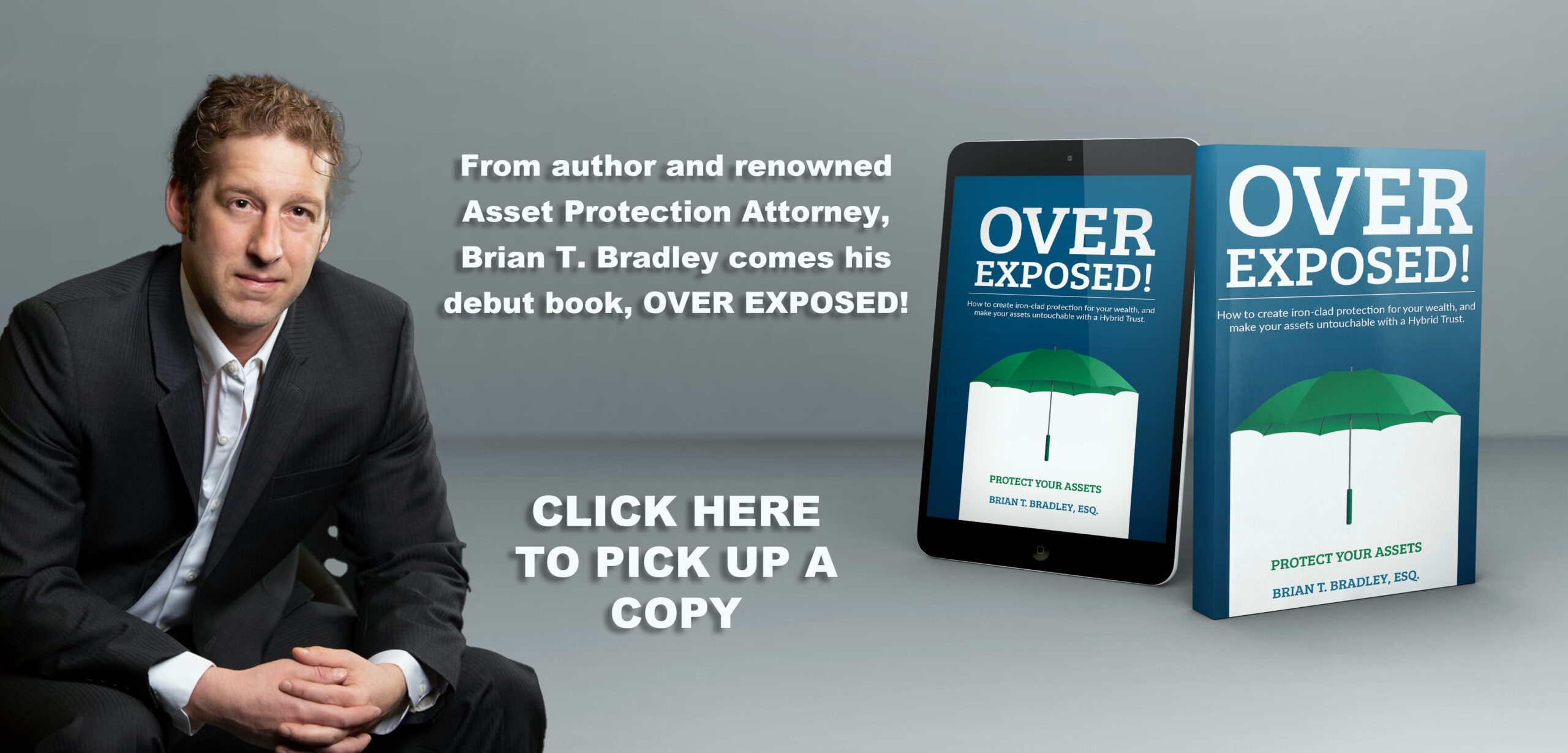What is the deal with Real Estate? Why are real estate investments the hardest to protect? The short answer is that it is a physical object that cannot be moved. Now this does not mean it is not protectable. In fact the opposite is true. It’s very protectable. There is just more involved to protect real estate rather then cash or gold bullion or crypto currency. All of that can be physically taken to a place that a judge can’t reach. Real estate on the other hand can’t. And for that reason you have to take different steps and use different strategies to protect real estate.
Gross vs Net
Real estate is its own beast! You have heard me and others say this before. “Gross is vanity, net is sanity, and cash is king.” What this saying means is that for both business and in real estate your gross income is what is perceived to make you a “Big Deal”. Lets say you are at a party and a person says to you, “yea I gross one hundred ($100) million dollars a year with a one (1%) percent margin,” this person must be Big! Well, maybe or maybe not. The next question is “okay, how much do you net out of that? Oh, you only net four (4%) percent of that, so only $4 million. Okay, that is not terrible. Who would not love $4 million net a year? But cash is king. So this leads to the next question, “what’s your cash flow?” Well, this person is negative and bleeding money. Okay, so now this turned into a completely different story. Gross income is just vanity. So, is the big shot $100 Million a year businessman really that big?
When it comes to real estate, the same thing applies. Lets take a client’s example that has a $25 million dollar portfolio. $25 million, that is a nice big number right? Now again imagine that you are at some social gathering and this real estate investors is talking to you and tells you about his $25 million dollar portfolio. This net number is his sanity. That’s the amount after the mortgages. So in this investors case he has $20 million dollars of mortgages. So he really has a $5 million dollar net. But that’s still not bad right. I mean he has $5 million of net real estate. But, remember, cash is king, and he is cash flow negative. Now if his portfolio was a $5 million dollar portfolio with a positive cash flow and he was making $500,000 a year positive cash flow after he serviced his debt, heck yea he’d be sitting pretty. But, in this real estate investors case he’s actually negative and he’s negative over a million dollars a year because of a particular strategy he made that is not fully covered called a covered land play. So he has some rental income but not enough to cover the $20 million dollars of debt, so he is bleeding cash and having to come up with it from other sources in order to hold on to this portfolio. He is doing this because he thinks the portfolio will explode to $75 million dollars. This is a calculated risk he takes to feed the extra million.
From an asset protection standpoint neither of these investors are an attractive target or mark. They are not attractive because their net is only $4 million and $5 million and both are cash flow negative so anybody coming to attack them or sue them would have to take care of the banks before they ever got in a position where they could take their real estate or other assets because the best they could do as a judgment creditor is get a second lien placed behind the banks. With the banks in a primary position, it is very unlikely to think a judgment creditor would ever get a penny.
So in the context of asset protection, the only thing we care about is net. What are we really protecting? With our examples above, we are not protecting $100 million gross, we are protecting $4 million net. We are not protecting $25 million gross, we are protecting $5 million net. The more you have in mortgages the less you have in equity the more asset protection you already have. It makes your cash flow more difficult but it makes your asset protection easier.
This is an important foundational concept to understand and to build off of when it comes to asset protection and real estate. It is important for you to understand that we are really looking at protecting net.
Inside vs Outside Liability
The next concept when protecting real estate is understanding your inside and outside liability. Inside liability is the liability that the property itself creates. For example, lets say you created an LLC to hold a piece of property, and that property has mold. That is inside. If the liability occurs inside, then whatever’s inside that bubble is at risk. Outside liability is liability that comes from anything else like a car accident. Inside liability determines how many entities we need to create.
Lets use another client example. A client from California. This client had three $1 million dollar properties. He also had them all in a single member LLC, so just one LLC, and he had a mold issue in one of the properties. The mold issue was a $5 million dollar claim, and he had insurance coverage for $1 million. So this client had a $4 million dollar excess judgment. Because all three properties were in one LLC all three properties were at risk to cover the mold claim. This is because it is inside liability and this client mixed all those properties together. If he had all three of those properties in three separate LLC’s then that judgment creditor could have gotten into only the one LLC with the mold but the other two would have been protected since they were not in the same bubble.
Think of it like a safe. You want to place your assets in different safes. If a burglar attacks and cracks one safe they get everything. If you have a lot, maybe you don’t want to place everything in one safe. Maybe you want to split up your assets and place them in more then one safe. Our general principle is don’t have more than $1 million dollars net that needs to be protected in one LLC.
Layering
When it comes to asset protection we have different layers. I am from the mountains in Lake Tahoe. We get lots of snow. We also learn how to dress in layers. The first layer is your base layer, its generally made from merino wool and it sits on your skin. And then you want a mid layer, which is usually a little thicker, and it can be synthetic or wool. Then you want an outer shell waterproof layer. This keeps you nice and dry and warm when the weather is really cold and bad. But by layering you are now more flexible. When its gets hot and you’re skiing you can take the outer layer off, or the inner layer off or the middle layer. You can adjust to make yourself more comfortable.
The same thing applies with your asset protection. The base layer is your LLC holding your real estate. Your mid layer is your holding company and in this mid-layer is where you do want to use one of those states that has really good protection around the LLC’s and LP’s like AZ, NV, WY or DE. This midlayer protection should be a multi member entity. Where the base layer LLC can be just a single member LLC because at that base level that single member LLC gets disregarded for tax purposes but they also can get disregarded for asset protection purposes. But you want it disregarded for tax purposes because when a client comes to me with 15 pieces of real estate with 15 LLC’s, we don’t want that client to have to file 15 separate tax returns. So by making those base layer LLC’s single member LLC’s it helps with tax filings when we add the mid-layer because those K1’s flow directly through to the management company. Its just one tax filing.
The problem generally is that most clients come to me with 15 LLC’s and they are all single member LLC’s but they are all in the clients personal name as the member. NOW we have a problem from an asset protection standpoint because the court has a tendency to disregard those single member LLC’s held by an individual like in California. A single member LLC held in your personal name is basically worthless. What you want is the single member LLC that is holding your real estate to then be held / owned by a multi member partnership like an AZ LP. What you are now doing is layering your protection, and we also took away a legal argument. We solved the single member piercing of the corporate veil issue and we now also have that jurisdictional benefit.
And that’s your first two layers of protection. You still need the third outer layer protection, which is your Asset Protection Bridge Trust.
But just remember, you want the base layer LLC to be disregarded because it’s a better tax standpoint. You don’t want to be filling 15 tax returns. And then you layer your protection with a multi-member mid-layer. And then this works best when you add your outer shell layer, the bridge trust or asset protection trust.
By: Brian T. Bradley, Esq.
HNW – Asset Protection Attorney as featured on:
BiggerPockets Rookie
https://podcasts.apple.com/us/podcast/dont-lose-your-portfolio-to-lawsuits-heres-how-to-protect/id1499646507?i=1000532349196
Next Level Physicians:


Recent Comments